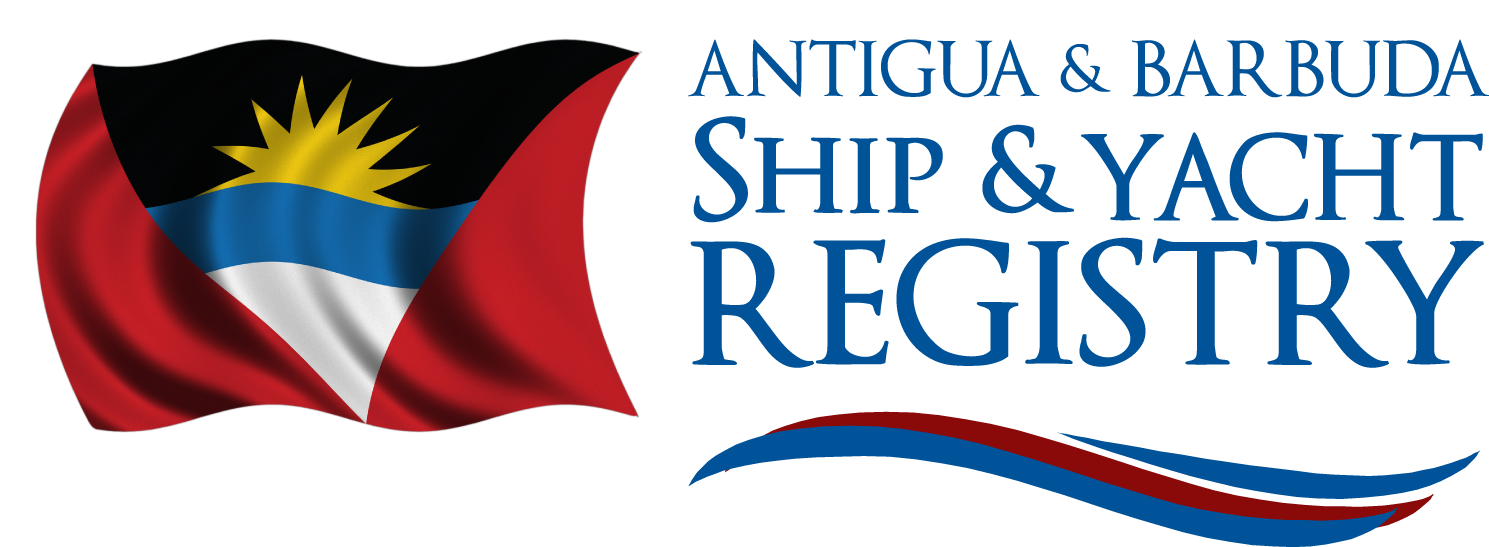MLC 2006
INTRODUCTION
Antigua and Barbuda ratified the Maritime Labour Convention 2006 (MLC) on 8 August 2011 which came into force on 20 August 2013. The MLC is given the force of law through the Antigua and Barbuda Merchant Shipping Act 2006 (as amended) and implemented by Regulations, primarily, the Merchant Shipping (Maritime Labour Convention, 2006) Regulations 2012. All ships registered in Antigua and Barbuda are required to comply with its requirements.
The 2014 amendments to the Maritime Labour Convention, 2006 (MLC, 2006) entered into force on 18 January 2017. Antigua and Barbuda is in the process of updating its legislation with Directive 001-2017 issued as an interim measure.
The 2018 amendments to the Maritime Labour Convention, 2006 (MLC, 2006) entered into force on 26 December 2020. Antigua and Barbuda is in the process of updating its legislation with Directive 001-2020 issued as an interim measure.
Click here for the text of the amended MLC 2006.
In order to assist shipowners, ADOMS provides a set of ILO Circulars that provide guidance on the implementation of MLC 2006. These are kept under review to provide the most up-to-date guidance possible.
SEAFARERS’ COMPLAINTS
The Antigua and Barbuda flag Administration is committed to ensuring that seafarers who serve on Antigua and Barbuda flagged ships have decent working and living conditions, a safe and secure workplace, and fair employment.
Seafarers are encouraged to use the ship’s onboard complaint procedures to resolve complaints
at the earliest possible opportunity in accordance with MLC 2006. However, in the event that a complaint is unable to be resolved on board or with the shipowner, a seafarer may lodge a complaint with the Administration which will take all the necessary steps to investigate complaints and ensure that appropriate measures are taken to rectify any deficiencies.
Seafarer complaints under regulation 5.2.2. are dealt with by our Headquarters in St. John’s and should be sent to technical@abregistry.ag
All information provided to the Administration will be treated as strictly confidential.
CERTIFICATION
The MLC requires that each ship over 500 GT is issued with a Maritime Labour Certificate. These certificates are in three parts:
- The Maritime Labour Certificate. This is the fundamental certificate and will be issued by one of the recognized organizations after the ship inspection.
- The Declaration of Maritime Labour Compliance Part I (DMLC Part I). This is a statement of the Antigua and Barbuda national requirements and is issued by ADOMS as the Administration. One is required for each ship. Click here for the text of this document. When an individual ship copy is required, this can be issued immediately by contacting either our office in Oldenburg or the headquarters in St. John’s.
- The Declaration of Maritime Labour Compliance Part II, (DMLC Part II) is the statement completed by the shipowner which sets out in brief terms the ways in which he is meeting the standards in the DMLC Part I. Click here for a copy of this form. Each owner must prepare their own DMLC Part II.
PROCEDURES
The process of certification requires four simple steps.
- Consulting the ILO Circular 2016-001 (Maritime Labour Convention 2006 Guidance), the owner examines his current systems and procedures against the requirements set out there and in the regulations.
- Having analyzed the existing systems and procedures against the requirements in DMLC Part I the shipowner takes steps to close any gaps and ensures that the procedures and systems in place ensure compliance with DMLC Part I.
- Having closed any gaps the shipowner completes the DMLC Part II setting out the procedures and systems that ensure the standards in the DMLC Part I are met.
- When the DMLC part II is complete the shipowner asks the Administration for a final DMLC Part I and applies to an RO for certification under the Convention. The RO will ask for copies of Part I and Part II and any supporting documentation that they will review ashore. When the review is satisfactorily completed the RO will arrange attendance onboard to complete the inspection and verify compliance on board the ship after which the certificate can be issued.


